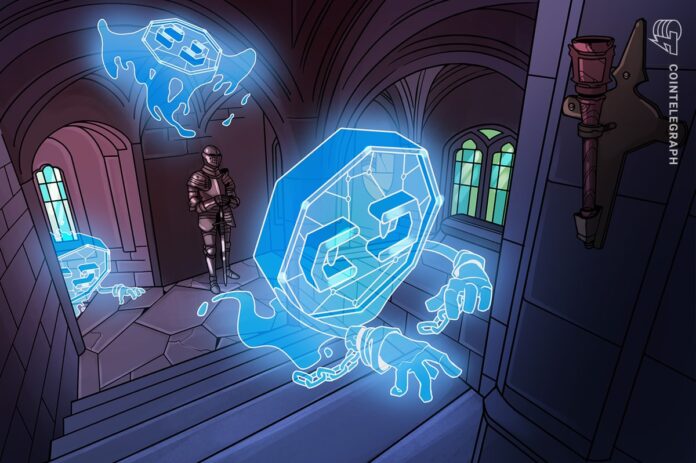Understanding Ghost Chains: The Rise and Fall of Blockchain Projects
The blockchain landscape is filled with projects that once held great promise but have since faded into obscurity. These “ghost chains” are blockchains that are still technically operational but have been abandoned by their developers and communities. They often exhibit warning signs such as stagnating developer activity, low transaction volume, and inactive communities.
Even well-financed projects like Diem, Kodakcoin, and Luna can fail if they lack adoption and ecosystem growth. Investors and developers can avoid ghost chains by monitoring on-chain activities, GitHub commits, token liquidity, and community health before committing resources. By being proactive and doing their due diligence, they can reduce the risk of getting caught up in a “digital ghost town.”
Identifying Ghost Chains: Red Flags and Warning Signs
Not every declining blockchain qualifies as a ghost chain, but there are several recurring indicators that can help identify a project on the edge of irrelevance. These include reduced developer activity, inactive communities, broken or outdated websites, low on-chain transaction volume, and exchange delistings. These red flags often appear together in struggling crypto projects, where the benefits of the token are questionable and user confidence is undermined.
For example, a project with minimal daily transactions, empty blocks, and a lack of current updates is likely a ghost chain. Similarly, a project with a sterile ecosystem, no decentralized apps, and minimal user activity is also a cause for concern. By examining transaction data, checking DApp activity, rating GitHub updates, monitoring social media, and reviewing token performance, investors and developers can make informed decisions about which projects to support.
The Consequences of Ghost Chains: Risks and Losses
The collapse or stagnation of blockchain networks can have significant consequences, including loss of investor capital, wasted development time and infrastructure, and reduced trust in newer blockchain initiatives. Ghost chains can also pose security risks, as abandoned domains, download links, and legacy software can become phishing traps. Fraudsters can exploit old smart contracts or historical data to deceive users and gain legitimacy.
However, it’s worth noting that not all inactive crypto blockchains are permanently doomed to fail. Some may see a revival with new community support, updates, or rebranding. Nevertheless, this is an exception rather than the norm. As the blockchain landscape continues to evolve, it’s essential for investors and developers to stay sharp, skeptical, and informed to avoid getting caught up in ghost chains and to identify promising projects with real potential for growth and adoption.
Lessons from Failed Blockchain Projects
Several blockchain projects that were once praised for innovation have become examples of ghost chains due to falling use and visibility. These projects, such as Feathercoin and Diem, failed for different reasons, but the common thread is clear: without active ecosystems and persistent developer commitment, even the best-financed blockchains can fade into obscurity. By studying these examples and learning from their mistakes, investors and developers can gain valuable insights into what makes a successful blockchain project and how to avoid the pitfalls that lead to ghost chains.
Ultimately, the key to success in the blockchain space is to be proactive, do your research, and stay informed. By monitoring on-chain activities, GitHub commits, token liquidity, and community health, investors and developers can reduce the risk of getting caught up in a ghost chain and increase their chances of identifying promising projects with real potential for growth and adoption. As the blockchain landscape continues to evolve, it’s essential to stay sharp, skeptical, and informed to navigate the complex and ever-changing world of cryptocurrency and blockchain technology.

